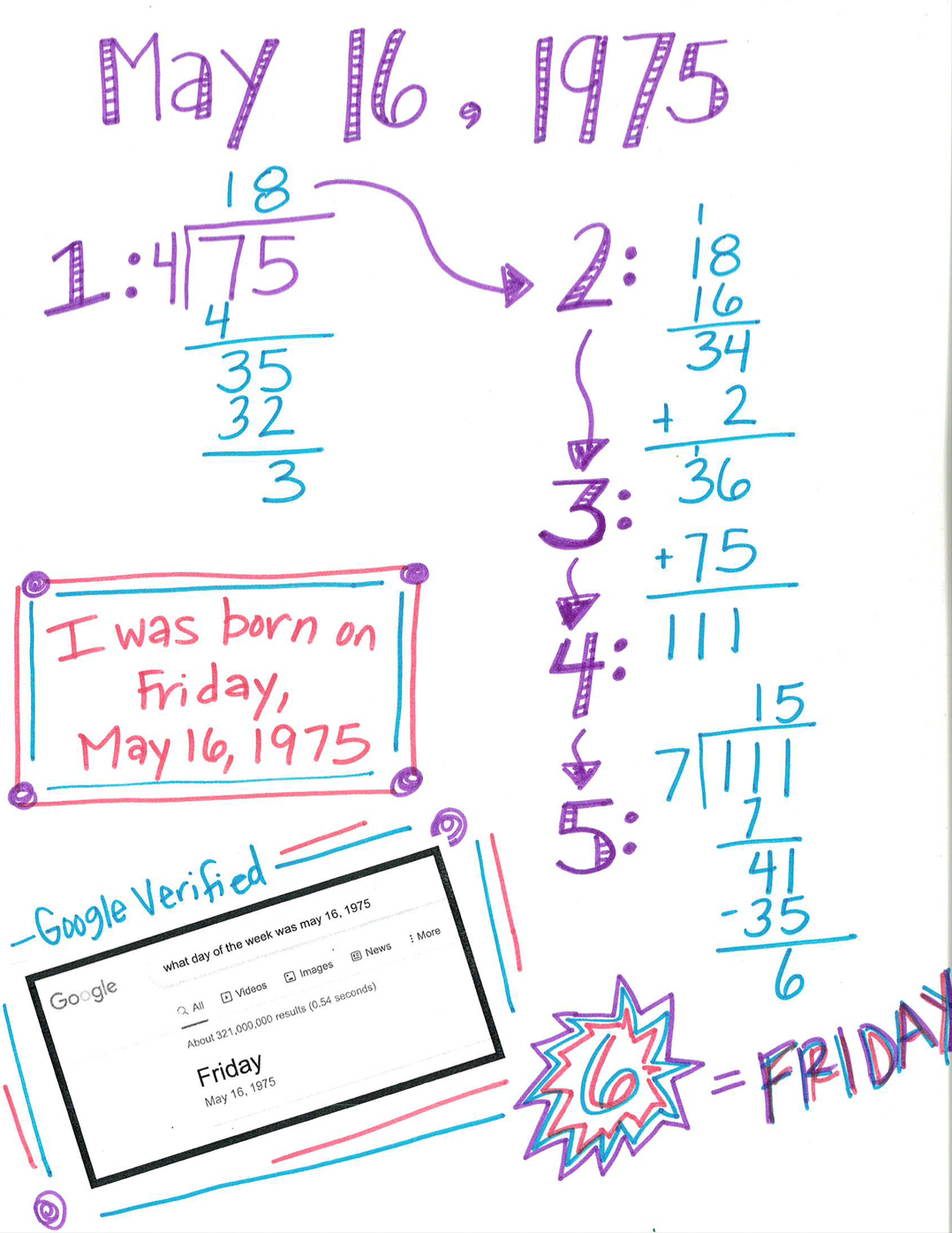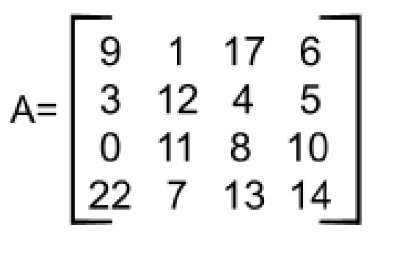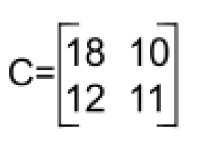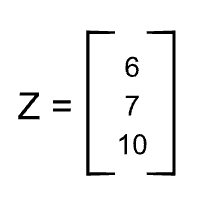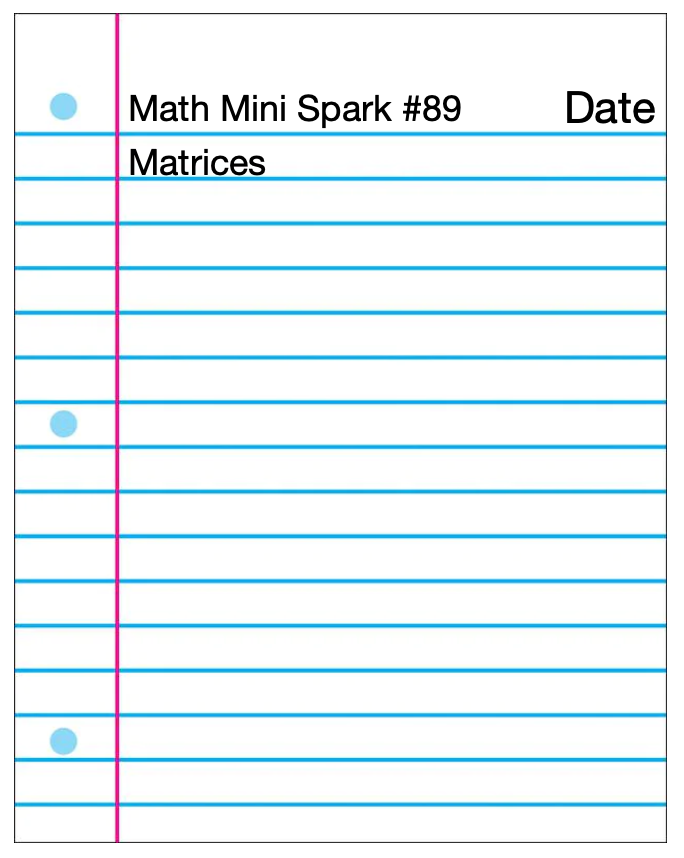Pi is one the most studied numbers in mathematics and on March 14 (or 3/14), we celebrate Pi Day because 3.14 are the first digits of pi.
Spark your math thinking!
- Set up your math mini spark recording page: #92: π Day
- Learn about 18 ways that NASA uses Pi! https://www.jpl.nasa.gov/edu/learn/list/oh-the-places-we-go-18-ways-nasa-uses-pi/. Record a few ideas on your recording page.
- Learn about other interesting Pi Facts at https://www.piday.org/pi-facts/. Create a info page about what you learned
- Find your “Pi Day” using this site. Type in your birthday and record where in pi your date appears. Do this for a friend or your teacher and record their pi day. I put in my birthdate and the sequence of numbers does not show up until digit 169, 266!

- Choose an interesting way to represent Pi! Check out the ideas at the end of this post.
- Share your math mini spark recording page with your teacher/EY coordinator.
Check out the Pi Masters badge at the EY website.

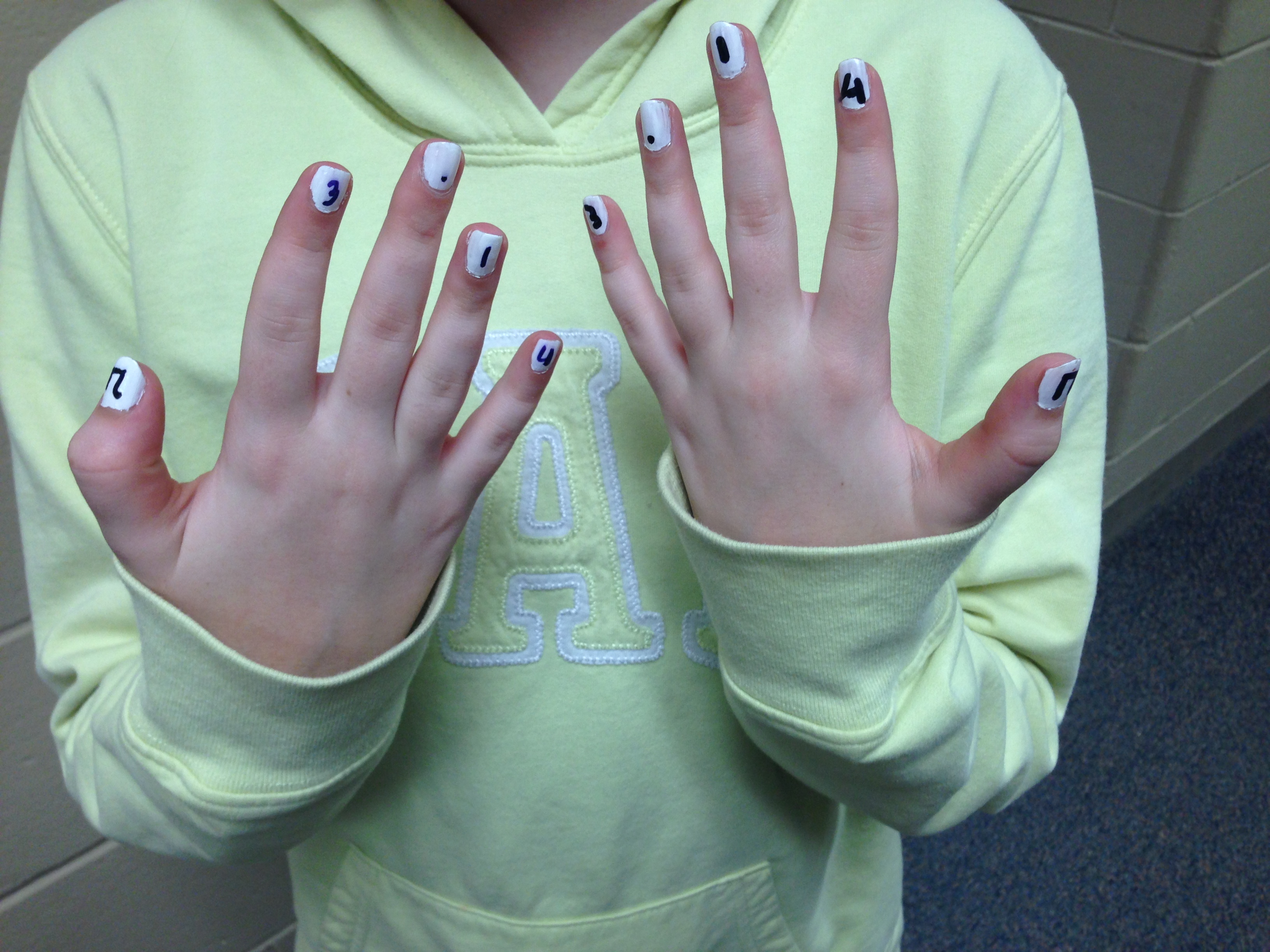
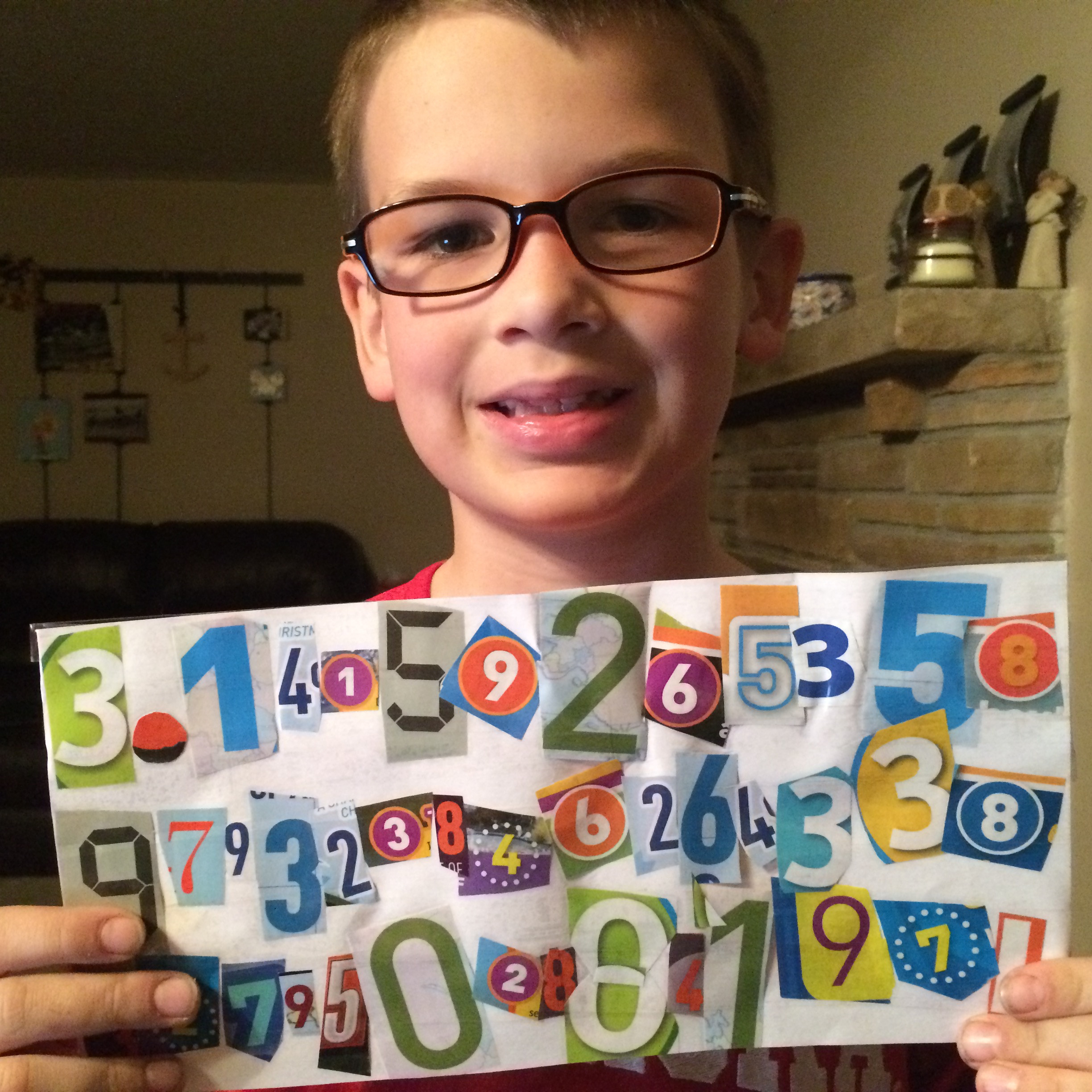
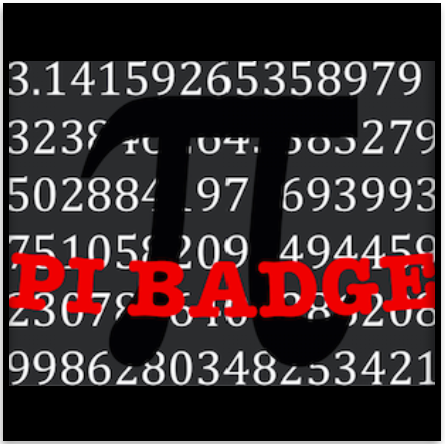

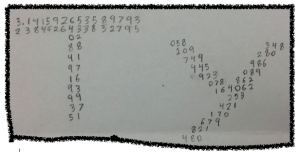

 Ancient cities were often built around a fortress on top of a hill. When a city spread to the area below, the high part came to be called the acropolis, which means “city at the top” in Greek. The best-known acropolis is in Athens, Greece. The Acropolis of Athens contains the remains of several ancient buildings of great architectural and historical significance, the most famous being the Parthenon
Ancient cities were often built around a fortress on top of a hill. When a city spread to the area below, the high part came to be called the acropolis, which means “city at the top” in Greek. The best-known acropolis is in Athens, Greece. The Acropolis of Athens contains the remains of several ancient buildings of great architectural and historical significance, the most famous being the Parthenon



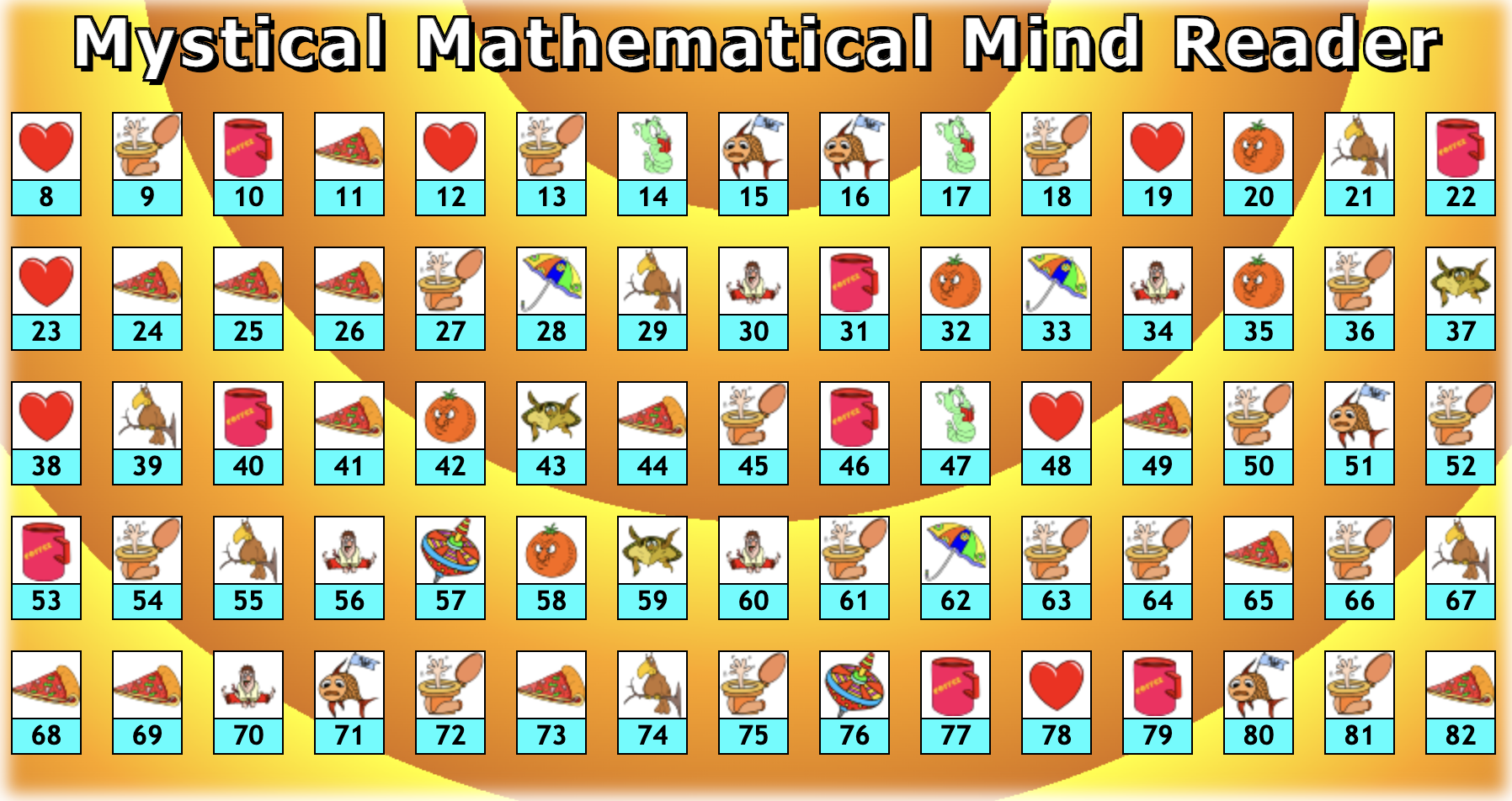

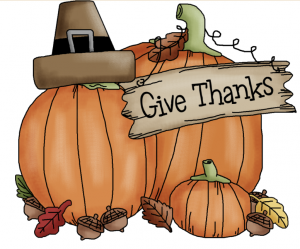 The first Thanksgiving was celebrated in 1621 over a three-day harvest festival. It included 50 Pilgrims and 90 Wampanoag Indians. It is believed by historians that only five women were present.
The first Thanksgiving was celebrated in 1621 over a three-day harvest festival. It included 50 Pilgrims and 90 Wampanoag Indians. It is believed by historians that only five women were present.
 Code a spooky game for others to play. Follow the tutorial instructions to make a simple game. Customize your game to make it your very own.
Code a spooky game for others to play. Follow the tutorial instructions to make a simple game. Customize your game to make it your very own.

